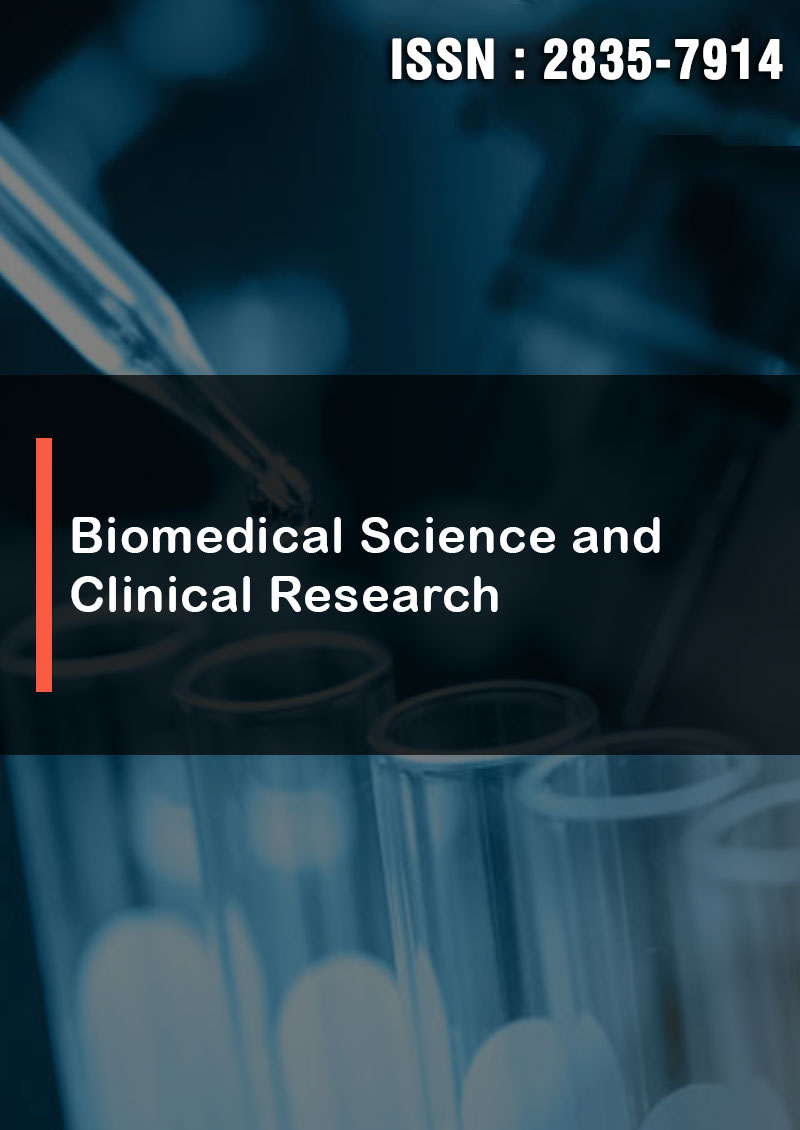Chemical Thermodynamics of Tooth Decay
Abstract
Mazen A. Afif
This brief article discusses the mechanism of tooth decay that occurs in some people who have a genetic factor, according to experience and observation. “To date, mutations in the gene encoding amelogenin have been shown to underlie a subset of the X- linked recessive forms of AI” [1]. Since decay affects the individual and settles in trouble, it stimulates us to search for causes, to know the actual causes of tooth decay or factors that help to stimulate tooth decay and the appearance of necrosis. The aim is to produce an effective treatment for the elimination of the disease. Thus, there are many questions about dental caries and feeling pain when eating a particular food, and there is a relationship between food and caries activity, as eating sugar did not affect, so the saying is known: “to activate the bacteria decay when there is energy, such as sugar” has become unconvincing. Why is dental pulque formed immediately after use of cleaning tooth-stick? Why do we feel toothache especially those exposed to decay, after eating specific foods? Why do necrosis occur horizontally between the teeth of the mills, where the infection of necrosis is passed to the corresponding tooth on the other side of the mouth? How to stimulate secretion cells that secrete mineralization proteins to induce analogue synthesis to restore tooth necrosis structure?.



